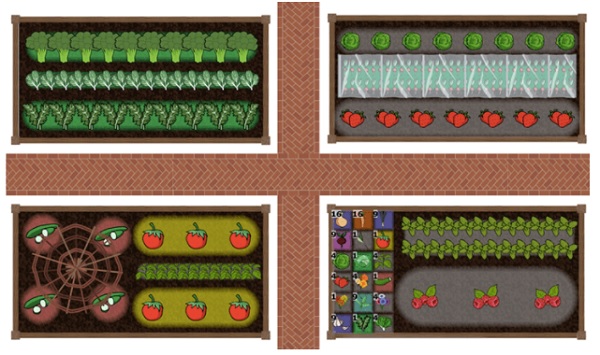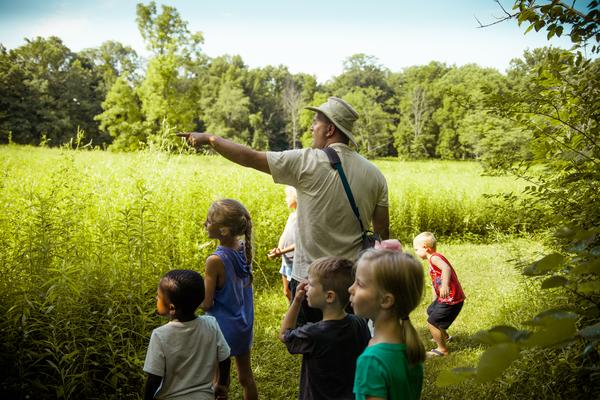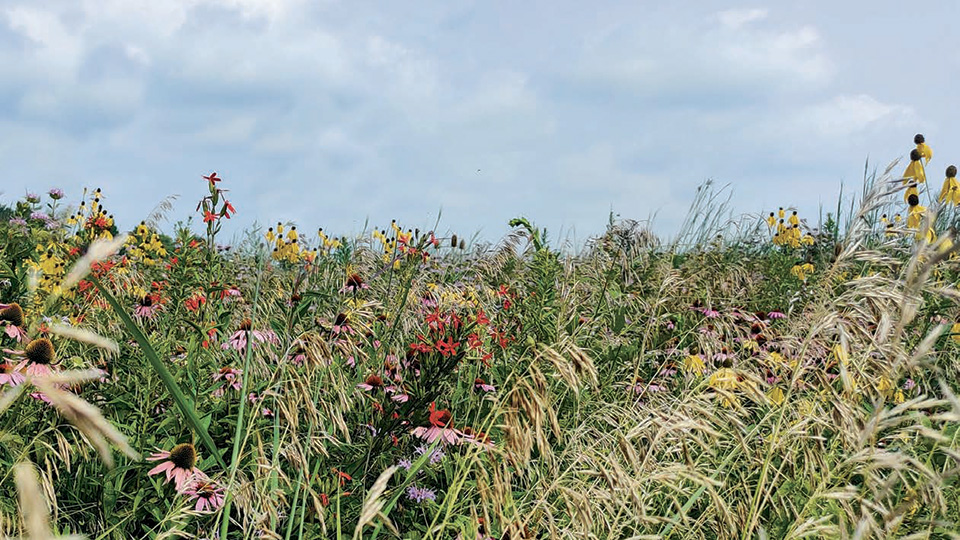Published February 26, 2019
Seed Starting Basics
Heads up! This article was published 5 years ago.
Are you tired of the dreary weather as much as we are? Itching for that final frost date? Beat back those winter blues by planning and preparing for your community garden or garden plot.
If you haven’t determined what to plant, now is a great time to make those decisions. (In the “Mark Your Calendar” section below, you can find information about our Community Garden Coordinator’s Dinner, where we’ll have lots of donated seeds available. Register now — it will be here before you know it!)
Most seedlings are ready to transplant six to 10 weeks after you start them. But different plants have different germination times and maturation rates. For more details on what to start when, check out the Old Farmer’s Almanac planting calendar. And don’t forget to make an appointment to use the garden planning tool that Five Rivers purchased for community gardeners. We’ve already had a gardener come out to Possum Creek MetroPark to use it, and we’d love to help you use it, too.
Whatever you’re planting, it’s time to gather supplies and set up your start space: Here’s what you’ll need:
- Small containers — like yogurt cups or Jiffy (peat) pots — with drainage holes (Be sure the containers are tall enough for the seeds you want to plant; some seeds need more depth than others, so check the seed packet for instructions.)
- Good soil and some finished compost
- Popsicle sticks or other tags you can write on to label each start
- A location that’s consistently between 65 and 75 degrees Fahrenheit
- 12-14 hours a day of natural light in a greenhouse or other protected outdoor structure (If natural light isn’t an option, you can use grow lights—light from windows and patio doors won’t be enough.)
- A heat mat—if you’re starting such veggies as as peppers, melons, or tomatoes that benefit from bottom warmth
- A cover to keep in the humidity until the seeds germinate






